M & M's World Cruise
One more place checked off our bucket list, although we'd really like to come back and explore more of this island and one of the six states of Australia. We got kudos from the local authorities for being so well prepared to pass through Customs. The ship and all its passengers were processed and cleared in under an hour and we were off for a whirlwind tour of the region around Hobart.
First stop was the Bonorong Wildlife Sanctuary, where we saw a number of endangered native wildlife that are being rehabilitated to return to the wild, or that will receive lifetime care because they are otherwise unable to survive. In addition to the Sanctuary, they also have a 24 x 7 rescue service and a hospital with a one-way mirror so visitors can observe any wildlife undergoing treatment. While we were there, an injured Pacific Gull was brought in. The Sanctuary is also home to a project to treat the Tasmanian Devils who have contracted DFTD (Devil facial tumour disease) with a new cancer treatment drug. Always 100% fatal, DFTD is an aggressive non-viral, transmittable parasitic cancer. As you can see by the pictures, we saw, in no particular order, Eastern Quoll, Emu, Cape Barren Goose, Forester Kangaroo, Tawny Frogmouth (looks like an owl), Bare-Nosed Wombat, Tasmanian Devils, Sulphur-crested Cockatoo.
The following statement was made by our tour guide while on the bus trip to Bonorong, and is also on the Sanctuary's website. This is not something we had observed on our previous visit to AU, other than at aboriginal cultural centers:
"Acknowledgement of Country - The name ‘BONORONG’ is derived from an Aboriginal word meaning ‘native companion’. We acknowledge that this Sanctuary is on land originally owned by the Mumirimina people.
The Mumirimina people were dispossessed of their land and did not survive the early colonial period of Tasmania.
We pay respects to their memory and we acknowledge the Palawa people, today’s Tasmanian Aboriginal community, as the traditional owners of the land."
Next we visited Richmond, an intact colonial-era town with more than 50 Georgian buildings, in the Coal River region. You never "really" have enough time on these stops, but we managed to snag a couple of Aussie meat pies -- steak & mushroom for Mike and chicken curry for Mary; do a little power shopping for a refrigerator magnet (yes, we are big spenders); and then head over to view the Richmond Bridge -- oldest continuous-use bridge in Australia -- and take a walk along the Coal River. The Coal River Valley looks like a great wine region. Looking forward to our return.
Returning to Hobart, we wandered along the waterfront and enjoyed the 2023 Australian Wooden Boat Festival as well as the Salamanca Market, a pretty amazing Saturday street market. We once again contributed to the economy by purchasing a locally made Ginger Beer to share. Back on board by 3 pm, we headed off towards mainland Australia on a beautiful sunny summer afternoon.
Mary Forman
53 chapters
Tasmania, Australia
February 11, 2023
|
Hobart
One more place checked off our bucket list, although we'd really like to come back and explore more of this island and one of the six states of Australia. We got kudos from the local authorities for being so well prepared to pass through Customs. The ship and all its passengers were processed and cleared in under an hour and we were off for a whirlwind tour of the region around Hobart.
First stop was the Bonorong Wildlife Sanctuary, where we saw a number of endangered native wildlife that are being rehabilitated to return to the wild, or that will receive lifetime care because they are otherwise unable to survive. In addition to the Sanctuary, they also have a 24 x 7 rescue service and a hospital with a one-way mirror so visitors can observe any wildlife undergoing treatment. While we were there, an injured Pacific Gull was brought in. The Sanctuary is also home to a project to treat the Tasmanian Devils who have contracted DFTD (Devil facial tumour disease) with a new cancer treatment drug. Always 100% fatal, DFTD is an aggressive non-viral, transmittable parasitic cancer. As you can see by the pictures, we saw, in no particular order, Eastern Quoll, Emu, Cape Barren Goose, Forester Kangaroo, Tawny Frogmouth (looks like an owl), Bare-Nosed Wombat, Tasmanian Devils, Sulphur-crested Cockatoo.
The following statement was made by our tour guide while on the bus trip to Bonorong, and is also on the Sanctuary's website. This is not something we had observed on our previous visit to AU, other than at aboriginal cultural centers:
"Acknowledgement of Country - The name ‘BONORONG’ is derived from an Aboriginal word meaning ‘native companion’. We acknowledge that this Sanctuary is on land originally owned by the Mumirimina people.
The Mumirimina people were dispossessed of their land and did not survive the early colonial period of Tasmania.
We pay respects to their memory and we acknowledge the Palawa people, today’s Tasmanian Aboriginal community, as the traditional owners of the land."
Next we visited Richmond, an intact colonial-era town with more than 50 Georgian buildings, in the Coal River region. You never "really" have enough time on these stops, but we managed to snag a couple of Aussie meat pies -- steak & mushroom for Mike and chicken curry for Mary; do a little power shopping for a refrigerator magnet (yes, we are big spenders); and then head over to view the Richmond Bridge -- oldest continuous-use bridge in Australia -- and take a walk along the Coal River. The Coal River Valley looks like a great wine region. Looking forward to our return.
Returning to Hobart, we wandered along the waterfront and enjoyed the 2023 Australian Wooden Boat Festival as well as the Salamanca Market, a pretty amazing Saturday street market. We once again contributed to the economy by purchasing a locally made Ginger Beer to share. Back on board by 3 pm, we headed off towards mainland Australia on a beautiful sunny summer afternoon.




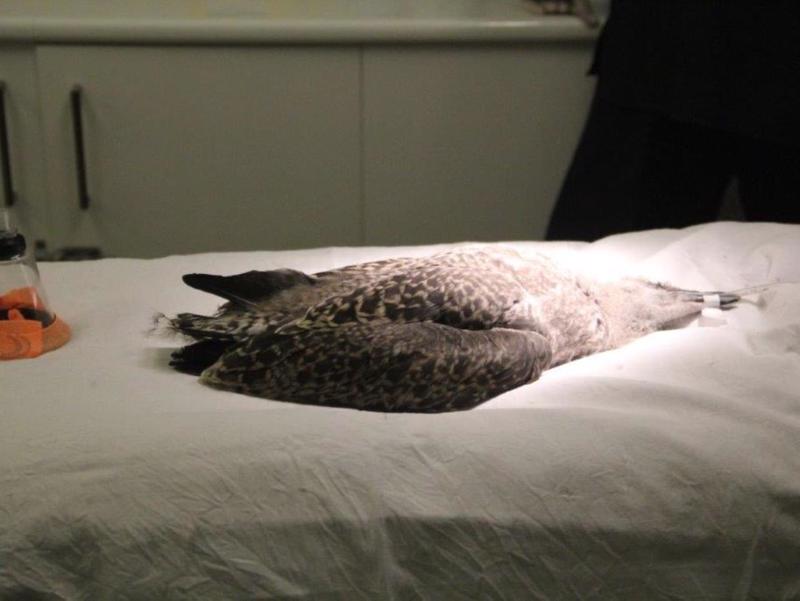



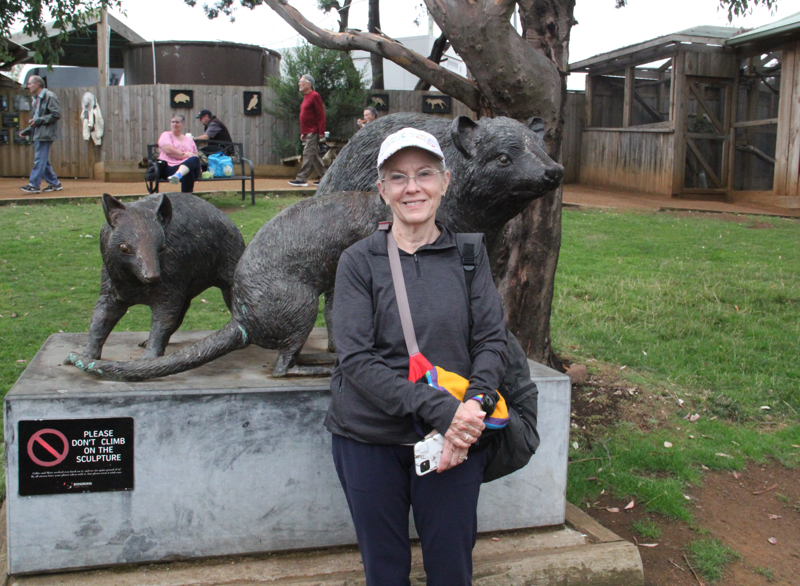
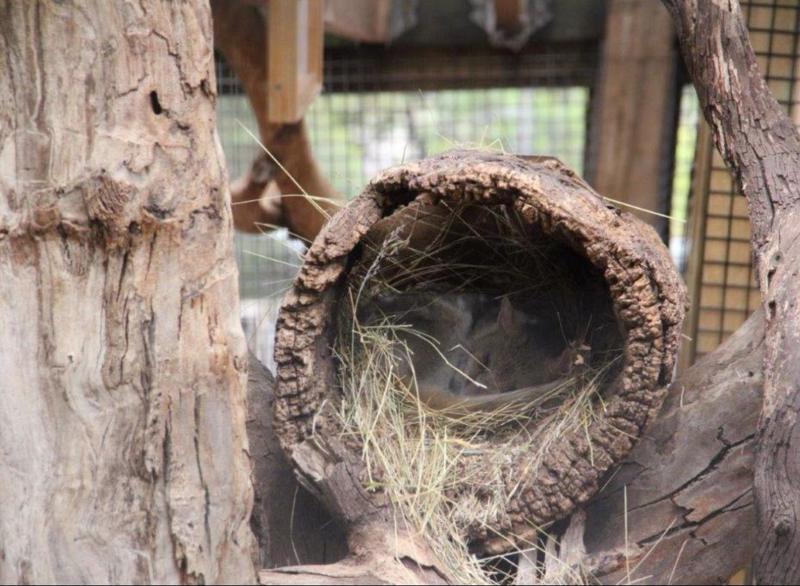


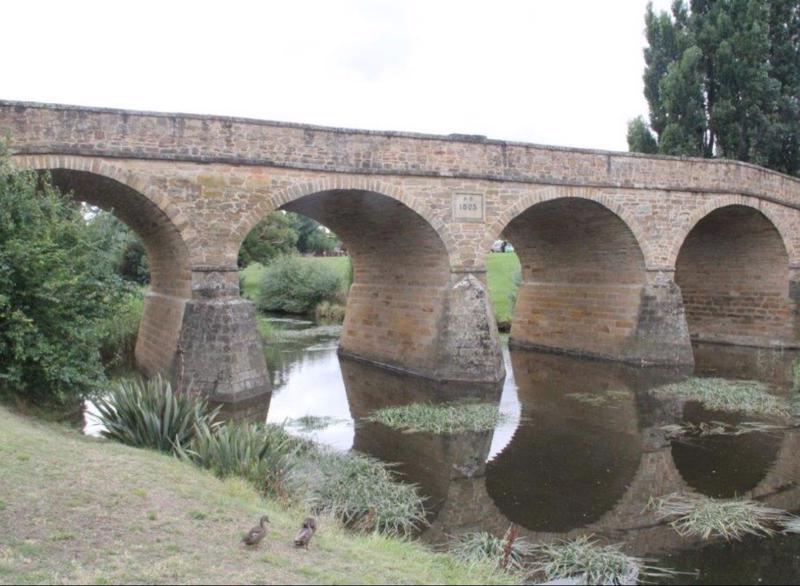
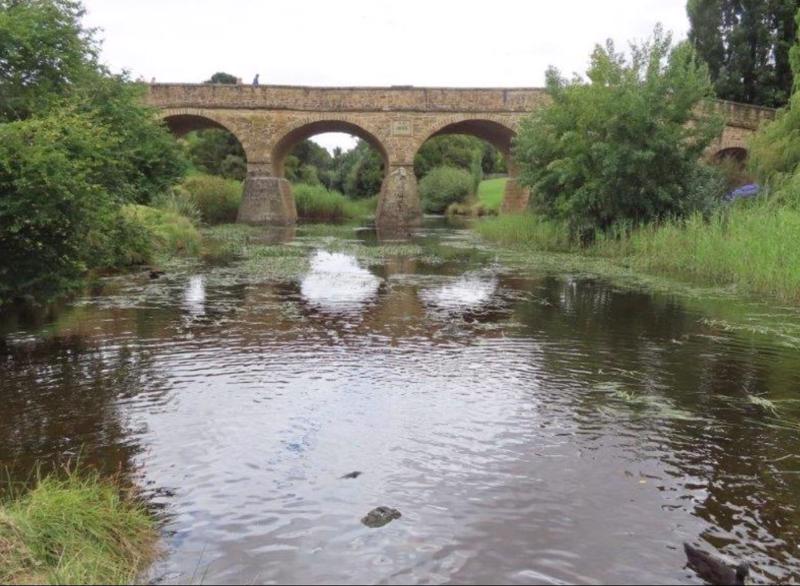
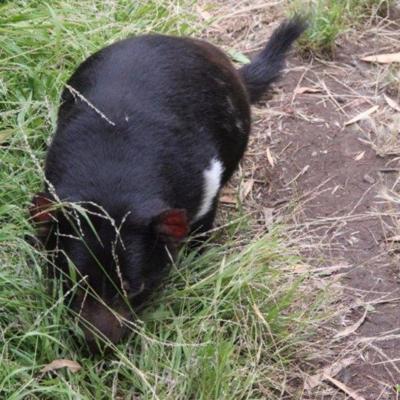
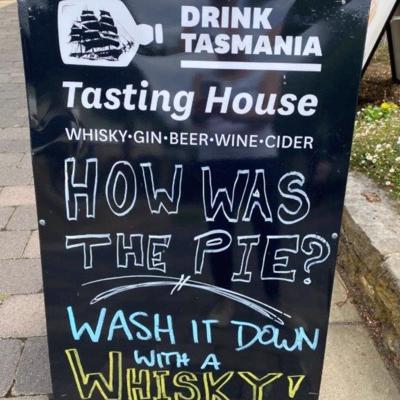

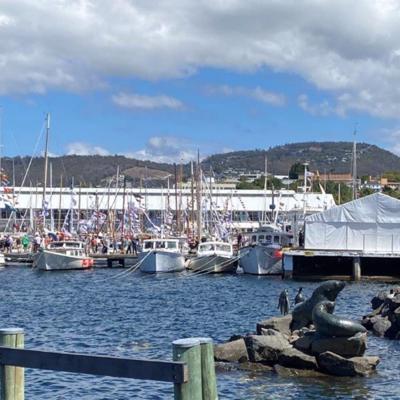

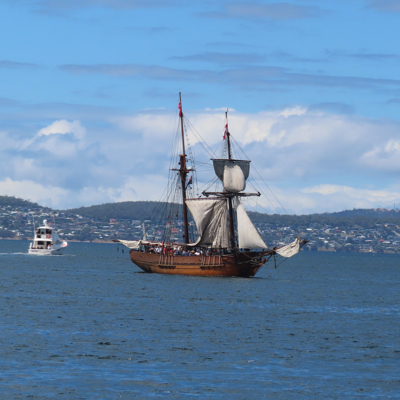
1.
Getting Ready!
2.
Getting Packed
3.
Bon Voyage
4.
Cruising-101 - Our First Sea Day
5.
Historic Cozumel
6.
Sea Day x 2
7.
South America
8.
Panama Canal Day 1
9.
Panama Canal Day 2
10.
Sea Day
11.
New Year’s Eve 2022
12.
New Year's Day 2023 +++
13.
Baja California
14.
Italian Wine & the City of Angels
15.
6 Sea Days From LA to Honolulu
16.
Aloha Hawaii!
17.
Crossing the Equator
18.
French Polynesia
19.
Crossing the International Date Line
20.
North Island - Auckland
21.
North Island - Tauranga & Napier & Wellington - Waitangi Day Weekend
22.
South Island - Doubtful & Milford Sounds
23.
Tasmania, Australia
24.
Victoria, Australia
25.
New South Wales, Australia
26.
Queensland, Australia
27.
Behind the Scenes
28.
Komodo National Park
29.
Bali, Indonesia
30.
Happy Anniversary
31.
Java, Indonesia
32.
Vietnam
33.
Thailand Part 1
34.
Singapore
35.
Malaysia
36.
Thailand Part 2
37.
Sri Lanka
38.
India Part 1
39.
India Part 2
40.
Saudi Arabia
41.
Jordan
42.
Egypt
43.
Suez Canal
44.
Israel
45.
Turkey
46.
Greece
47.
Italy
48.
Monaco
49.
Spain
50.
Portugal
51.
France
52.
England
53.
Heading Home
Share your travel adventures like this!
Create your own travel blog in one step
Share with friends and family to follow your journey
Easy set up, no technical knowledge needed and unlimited storage!